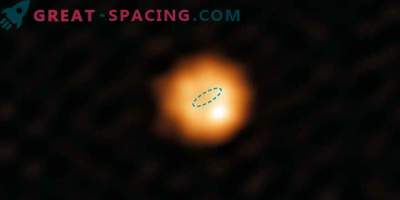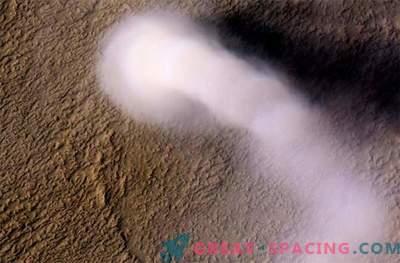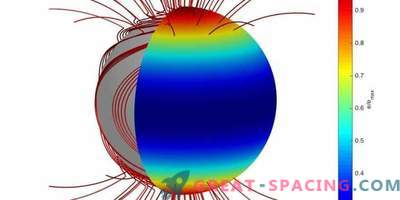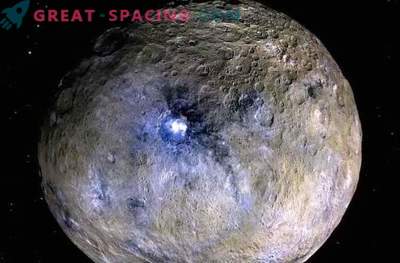
Giant Star π1 Crane
The researchers managed to get the first detailed images of the surface of a large-scale star, displaying a virtually circular dust atmosphere with complex portions of moving material (convection cells).
The object was the star π1 Crane, which can be observed in the southern hemisphere. It is in the last life phase and is 350 times larger than the Sun. Her study allows us to understand exactly how the sun will be in 5 billion years.
Convection (the transport of heat due to the volumetric movement of molecules in gases and liquids) plays an important role in astrophysical processes, such as energy transfer, pulsation and winds. The sun has two million convection cells, stretching 2000 km wide.
Theorists believe that giants and supergiants must have several large convection cells due to low surface gravity. However, this was difficult to confirm, since the surfaces of such objects are often hidden in the dust. A new study showed that the surface π1 of the Crane has a complex convection pattern, and a typical granule is pulled out 1.2 x 10 11 m horizontally (27% of the star diameter). For the first time it was possible to obtain such a detailing of a giant star. An interferometer was used for the study. The light of several telescopes combined to overcome the limit for each.
The star was observed in September 2014 with the PIONIER instrument, which has four combined telescopes (Chile). Interferometric information, image reconstruction software and surface imaging algorithms were also used.
Images are important because the size and number of granules fit well into existing models. Also, scientists were able to consider the different colors on the stellar surface, responsible for different temperatures. This allows you to understand the internal composition. When the temperature rises, the area becomes brighter, and the cool areas will be darker.











































